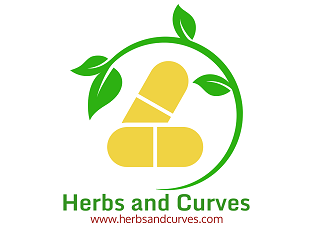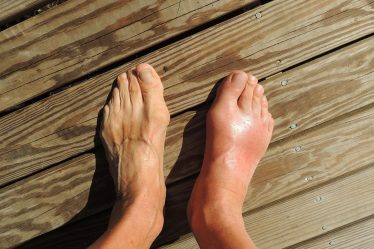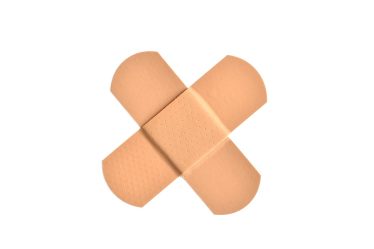
Introduction
Non-stick and aluminium cookware have become kitchen staples, making cooking more convenient. However, their seemingly harmless nature masks certain risks. This article explores the downsides of non-stick and aluminium pots and pans, offering insights into safer alternatives for your culinary adventures.
Non-Stick Cookware: Teflon Troubles
While non-stick cookware is generally safe, it’s essential to understand its limitations. Non-stick coatings, such as Teflon, can pose risks when exposed to high heat, typically above 350 degrees Fahrenheit. At elevated temperatures, these coatings may degrade and seep into your food. While this might not lead to immediate health issues, cleaning these pans can be a challenge, requiring harsh chemical scrubbers.
Why Non-Stick Cookware Isn’t Always Your Friend
Cleaning non-stick cookware is notoriously tough due to their vulnerability to common dish soaps and water. To ensure cleanliness, you may need to rely on chemical cleansers. Additionally, metal utensils should be avoided to prevent damaging the non-stick surface. Thus, while non-stick pots and pans can reduce fat consumption and the risk of burnt food, they require careful handling.
Aluminium Cookware and Health
Aluminium, a widely-used cooking material, is both abundant and affordable. Although aluminium is naturally found in the human body, concerns have arisen regarding its leaching into food. Studies suggest that cooking with aluminium pots and pans may not be a concern for most people. However, cooking high-acid or high-salt foods in aluminium cookware could potentially lead to aluminium leaching. Furthermore, the use of aluminium foil as a cooking surface is another source of potential exposure.
The Health Risks of Aluminium
While the majority of aluminium in our bodies is harmless, consuming large quantities of it may have health implications. Several studies suggest an increased risk of adverse health outcomes for individuals with high aluminium intake. The youngest members of your family may be particularly vulnerable to the effects of aluminium.
How to Cook Safely with Metal Utensils
To reduce risks associated with non-stick and aluminium cookware, consider using stainless steel pots and pans, which are less likely to leach chemicals into your food. When using non-stick cookware, practice caution: avoid high heat, use wooden utensils, and handwash with gentle soap. Striking the right balance can help you enjoy the convenience of non-stick pots and pans while mitigating potential risks.
Conclusion: Balancing the Pros and Cons
While non-stick and aluminium cookware offer convenience and cost savings, it’s crucial to weigh the benefits against the potential health concerns. Understanding their limitations and following best practices can help you make informed choices in the kitchen. By being aware of the risks and adopting safer alternatives, you can ensure that your cooking is both convenient and safe.
Disclaimer: This article provides information on the potential risks of non-stick and aluminium cookware and aims to guide you towards safer kitchen practices. It is not intended as professional advice. Always consult with experts and follow recommended guidelines for safe and healthy cooking.







